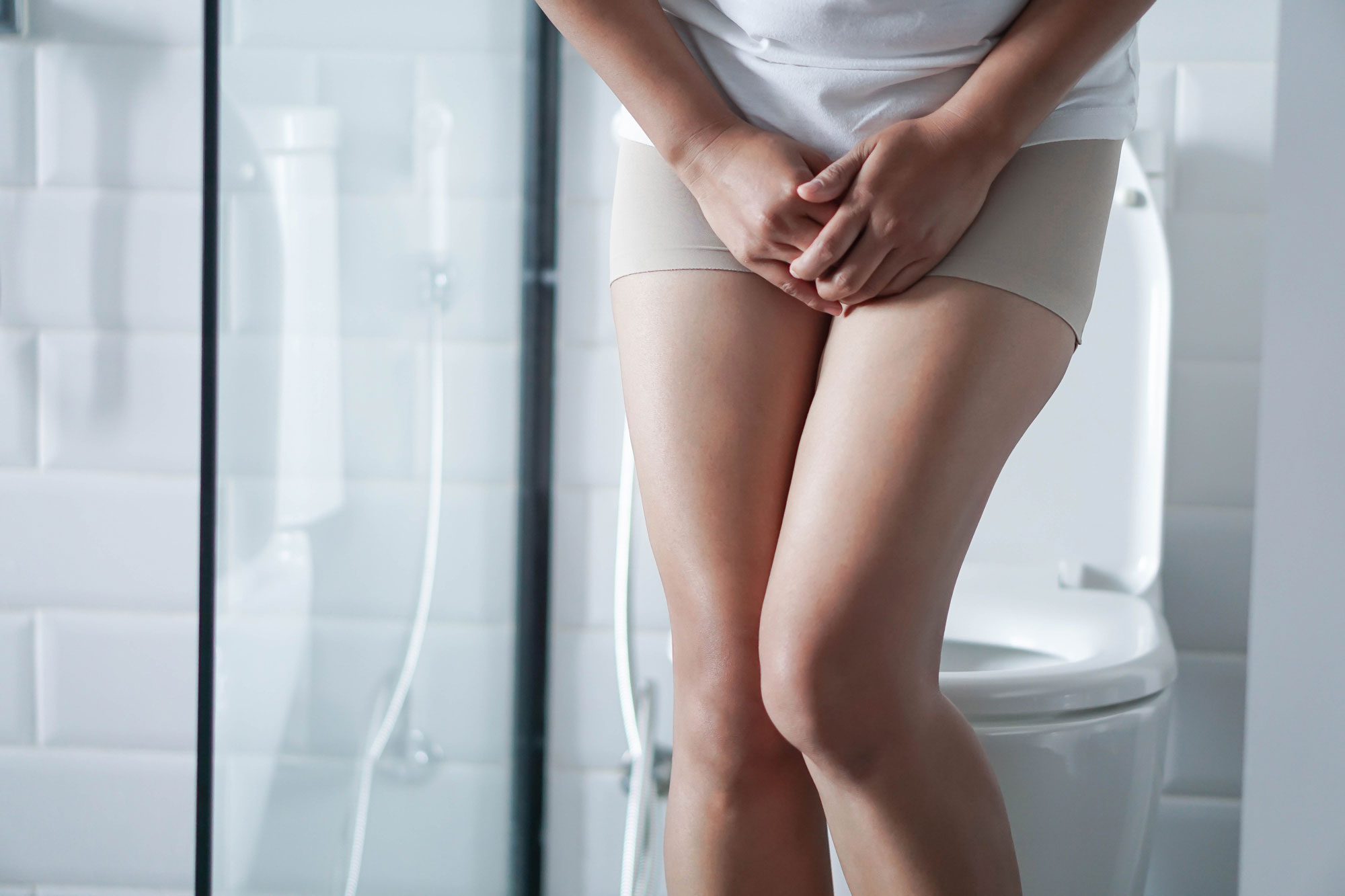How Common is Urinary Incontinence?
Because problems with bladder control, pelvic prolapse and other female issues can be difficult to discuss with others, many women suffer in silence, believing these symptoms are a normal part of aging. Others assume they are alone in dealing with these concerns.
In truth, these conditions are quite common—affecting two-thirds of women at some point in life— and they are often completely curable.
There are three common types of urinary incontinence, and treatment depends on the type, as well as each individual’s symptoms.

Types of Urinary Incontinence
Stress Incontinence
Leaking when exercising, sneezing, coughing or laughing are symptoms of stress incontinence. This most common type affects nearly 15 million adult women or 60% of all cases. It may be caused by weakened pelvic floor muscles, weakened urinary sphincter, or by pelvic organ prolapse putting pressure on the bladder. It can often be improved by 90% in most cases with treatment.
Solutions:
Stress incontinence is often treated with a multi-faceted approach, including physical therapy and exercises, and may include urethral bulking or minimally invasive surgery. Bulking involves injecting fillers(similar to those plastic surgeons inject in the face) at the urinary sphincter to obtain a water-tight seal. Sling procedures place supports beneath the urethra to prevent leakage.
Urge Incontinence
The strong, sudden urge to urinate is also called an “overactive bladder”. This type of incontinence may be caused by inflammation, bladder outlet obstruction, diabetes, neurological disease or injury. This “gotta-go” type of incontinence can be improved up to 85%.
Solutions:
Cognitive behavior therapy, diet, medication, Botox injections and electrical stimulation (bladder pacemakers) are among the most effective treatments for urge incontinence.
Mixed Incontinence
When a woman has symptoms of both stress and urge incontinence, she is diagnosed with mixed incontinence. A full 50 % of women who have incontinence have mixed incontinence.
Solutions:
A combination of the techniques for stress and urge incontinence may be used to treat mixed cases, although urge symptoms may improve once stress incontinence is treated.